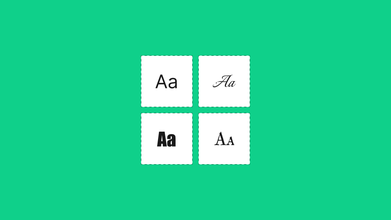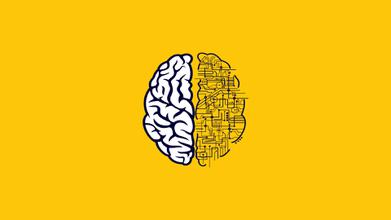HTML Image Tag: Tag Converter
Feb 11, 2022 11200 seen
HTML Image Tag
When you load a web page, images should appear. We are all visual beings who enjoy searching the internet for colorful images. They pique our interest and entice us to read on. These images are referred to as image tags, which are pieces of code that tell the website server where to look for images, how to download them, and what to do with them once loaded. Image tags are instructions for displaying images because they are not embedded in the page. Images are files that are selected and displayed on a page based on the image tag or code that was used. When the image is loaded, the code has the ability to change its attributes or functionality.
An image is embedded in an HTML page using the image tag.
Rather than being inserted into web pages, images are linked to them. The image tag creates a placeholder for the image that is being referenced.
Attributes: Let’s discuss image tag attributes.
-
src: It is used to define the image's path.
-
alt: It's used to specify an image's alternate text. It is useful because it informs the user about the image's meaning and also because if the image cannot be displayed due to a network issue, this alternate text will be displayed.
-
crossorigin: It's used to import images from third-party sites that support canvas's cross-origin access.
-
height: This property is used to define the image's height.
-
width: This property is used to specify the image's width.
-
ismap: It identifies a server-side image map for an image.
-
loading: It tells a browser whether to defer image loading until certain conditions are met or to load an image right away.
-
longdesc: This property is used to define a URL to a detailed image description.
-
referrerpolicy: It specifies which referrer information should be used when fetching an image, such as no-referrer, no-referrer-when-downgrade, origin, origin-when-cross-origin, and unsafe-URL.
-
sizes: It specifies the image sizes for various page layouts.
-
srcset: It specifies a list of image files to use in various scenarios.
-
usemap: It defines an image as a client-side image map with a usemap.
As a reminder, if the width and height are not specified, the page may flicker while the image loads. Simply nest the image tag within the image tag to link an image to another document.
How Docker Image Tags work
Docker tags, like Git branch refs, are mutable named references to Docker images. They make it simple to pull and run images, as well as automate the distribution of images to image authors.
To get the latest Debian GNU/Linux image for the buster release, for example:
$ docker pull debian:buster
$ docker build -f Dockerfile-hello-world . -t hello-world
Sending build context to Docker daemon 2.048kB
Step 1/2 : FROM debian:buster
---> dc2eddc15825
Step 2/2 : CMD [ "hi", "hello world" ]
---> Using cache
---> 252a30f53d74
Successfully built 252a30f53d74
Successfully tagged hello-world:latest
The same image can be referenced by multiple tags. For example, at the time of writing, latest, buster, 10, and 10.8 all refer to the same image. "latest" is similar to any other tag, except that it is used as the default tag when pushing or pulling an image if none is specified:
$ docker pull debian
The Downside of Using Docker Tags
The disadvantage of this is that the latest version is used each time a Docker tag is pulled, which is frequently not what you want if you value build reproducibility, which you should!
Without reproducibility, it can be difficult to separate issues introduced by dependencies from those introduced in your application code. A new version of a tagged image may fix a critical bug or vulnerability that does not affect an application while also introducing other major bugs or vulnerabilities that do affect the application. Automatically including this new version in the application could be a costly mistake, especially if the new version was the result of a supply chain attack. Other reasons a Docker build will not be reproducible, such as stale Docker client caches non-reproducible instructions in the Dockerfile, should not be overlooked!
Most dependency management systems include a mechanism for tying dependencies to specific versions. The dependencies used are exactly the same each time an application is built.
Tag Converters
Tag converters allow you to export «raw» HTML from your layout files without the representation of the layout. According to your preferences, tag converters converts the paragraph formats to the appropriate HTML formats.
Tag converters are an excellent alternative to manual conversion. These format tags are converted to HTML tags. Tag Converter can process files in batch mode.


